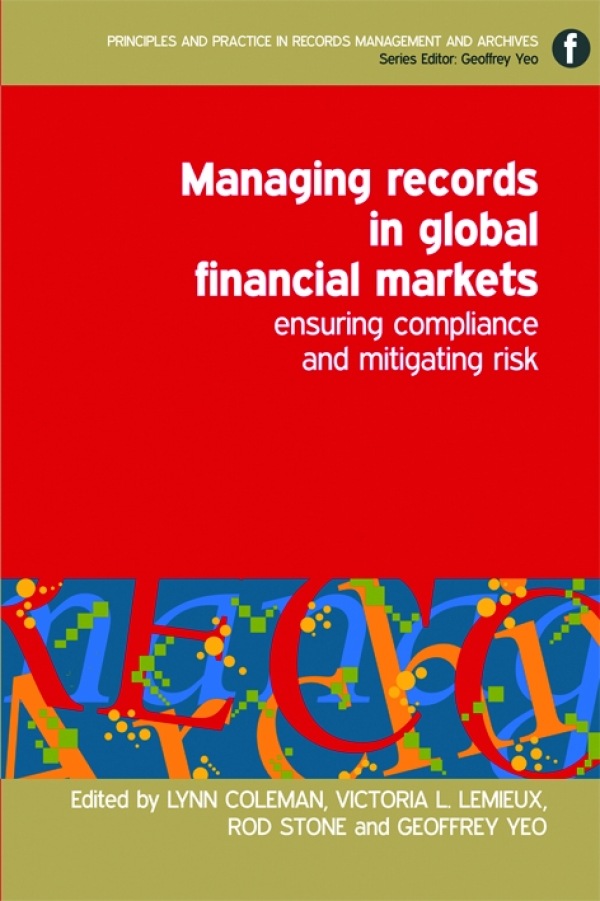Book contents
- Frontmatter
- Contents
- Introduction to the series
- Contributors
- Introduction
- List of abbreviations
- 1 Global financial markets
- Part 1 Regulatory and legal compliance
- 2 Conflicts of laws in multiple jurisdictions
- 3 Impact of the extrajurisdictional reach of the USA
- 4 Moves towards a common regulatory framework for financial services in the European Union
- 5 Data exchange and confidentiality: an Asia Pacific perspective
- 6 Information privacy in the USA
- Part 2 Balancing risk and return
- Part 3 Litigation-related issues
- Part 4 Record-keeping approaches
- Index
4 - Moves towards a common regulatory framework for financial services in the European Union
from Part 1 - Regulatory and legal compliance
Published online by Cambridge University Press: 08 June 2018
- Frontmatter
- Contents
- Introduction to the series
- Contributors
- Introduction
- List of abbreviations
- 1 Global financial markets
- Part 1 Regulatory and legal compliance
- 2 Conflicts of laws in multiple jurisdictions
- 3 Impact of the extrajurisdictional reach of the USA
- 4 Moves towards a common regulatory framework for financial services in the European Union
- 5 Data exchange and confidentiality: an Asia Pacific perspective
- 6 Information privacy in the USA
- Part 2 Balancing risk and return
- Part 3 Litigation-related issues
- Part 4 Record-keeping approaches
- Index
Summary
Introduction
Record-keeping in a financial institution authorized by a financial services regulator is sometimes thought of as a bureaucratic issue. However, the keeping of records is of central importance to an institution's regulatory functions, as it forms a key component in the relationship with its regulator.
Where a financial institution has poor records that cannot properly demonstrate compliance with the necessary rules or show effective regulatory controls, it will not enjoy the full confidence of its regulator. In addition, should an institution have the necessary records but have them poorly organized, the regulatory relationship will still be damaged. Regulators will be unimpressed when institutions produce requested records after a lengthy delay. Late or incomplete filing of regulatory records will also undermine an institution's relationship with its regulator.
For many institutions, compliance with the record-keeping requirements of regulators cannot be viewed in isolation. The requirements will often be incorporated into a wider compliance policy covering the retention and destruction of records. Regulatory requirements are not the only motivation for such a policy and there may well be conf licts between them. For example, records are retained on the basis that there may be litigation in the future, but European data protection laws require institutions not to keep personal data for longer than is necessary for the purpose for which it was originally obtained.
Financial institutions operating within the European Union (EU) are faced with multiple layers of regulation. Such regulation comes from:
• international agreements and the high-level principles advocated by international bodies (e.g. the Group of Twenty Finance Ministers and Central Bank Governors [the ‘G20’], the Bank for International Settlements and the Basel Committee on Banking Supervision)
• the institutions of the EU, led by the European Commission, producing a variety of measures including directives, regulations, recommendations and communications
• national laws and regulations, including those that transpose international principles and EU legislation.
This chapter focuses on the degree to which a common regulatory framework is being established in the EU. The UK is used as a case study, with some additional information from Germany, Italy and The Netherlands.
- Type
- Chapter
- Information
- Managing Records in Global Financial MarketsEnsuring Compliance and Mitigating Risk, pp. 41 - 60Publisher: FacetPrint publication year: 2011



